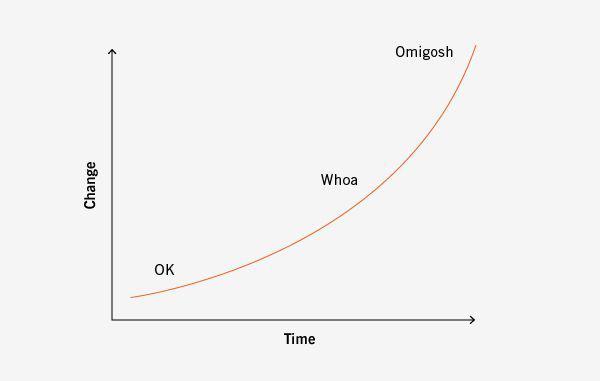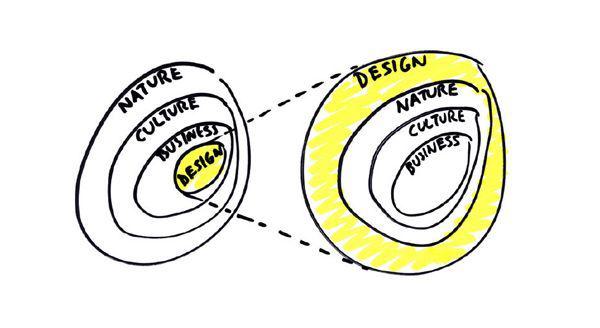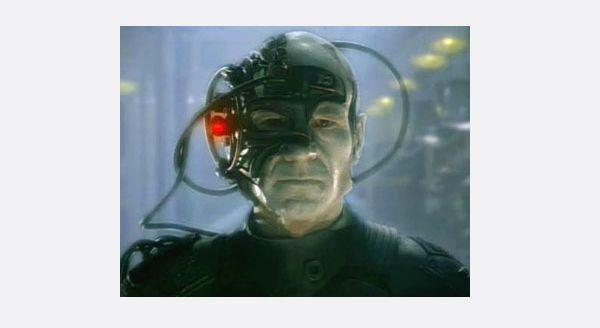Design is hard to pin down. Designers themselves can be a squirrelly lot, but it's also a field of changing definitions. In the 2D world alone, we've been graphic artists in the '40s, graphic designers in the '70s, and communication designers in the '90s. Today, across the design spectrum, we talk about big-D and small-d design, design thinking, brand design, experience design, product design, motion design, interaction design, experience design, service design, design strategy, and more. No wonder we feel like our parents – and too often our clients – don't know what we do.
Is it that we can't agree on terms, or are we doing things differently? Are we doing different things?
Gary Hamel, author of The Future of Management, likes to point out that we are on a steep incline of rapid change that calls for a different way of working. The reliability of market returns from companions has been declining for 40 years. Not just change, but accelerated change is the new normal.

In his book, Massive Change, Bruce Mau theorized that design could emerge to play an ever more important role in this change. This idea of design as Borg idea has some legs, particularly given the recent success of design-savvy companies like Target, Starbucks, and Apple, but even more so as we extrapolate into business design, culture change, and genetic engineering. Design is gracing the covers of many business journals today and is credited for all kinds of creative transformations. But is this design, or something else? If so, is design growing or changing? What should designers learn in school? What does a successful design career look like?

Enter the superdesigner. Like superheroes and supermodels before them, superdesigners have a Midas touch, gracing products with their brand names. Being wildly talented at design and PR is a potent mix. For some, Mau is a superdesigner, but is that what he meant? Is this one new way of working Hamel talks about? Should all designers strive to be superdesigners?
In perhaps his last public appearance, we saw Paul Rand give a talk at Copper Union in NYC. Among his most memorable remarks came in the Q&A moderated by Stephen Heller, addressing originality in design: "Don't try be original, just try to be good. If you're original, then you're original." Rand's goal was excellence, not world domination.
Design excellence inspires all and sets a high bar for designers. Personally, I'm as intrigued with what famous designers say about their work than the work itself. After all, we want to know: How did they do that? I'm a huge fan of Michael Beirut's work, but it could be that I love his authorship even more. Same with Paul Rand.

The relationship between design and thinking has been a contentious issue of late. Some believe that the recent wave of "design thinking" will propel the field forward. Others think it was B.S. from the start, that good designers have been doing it all along, or that the party's over.
I've had the privilege of working with Herman Miller over the years and had access to some of George Nelson's early letters with the family that launched the company. Nelson is of course well known for the products he designed, but these letters clearly demonstrate the reach of design – design thinking, if you will – in an earlier era. George was not only giving advice about the products he designed or invented, but also about manufacturing, merchandising, branding, and company culture.
Design can affect change, and design itself may be changing. In any case, we should agree on semantics. We should encourage diversity, creativity, and excellence, and as the ground shifts. Whether we believe design thinking is the next big thing, or the latest fad, we shouldn't be afraid to use these words in the same sense. Otherwise our parents and clients don't stand a chance.
These are important questions for working designers today. As Joe Strummer points out, the future is unwritten, that shouldn't stop us from thinking about design.
